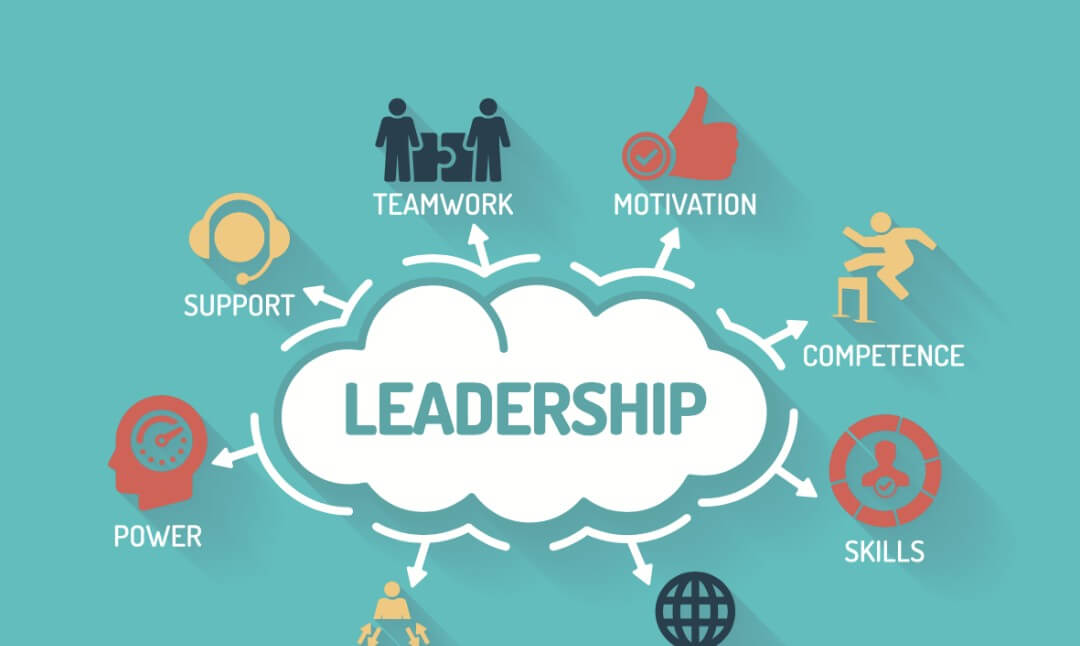Enterprise IT is always in change mode. Tech advances, shifting business models, and fickle customer sentiments make change a constant. With the COVID-19 pandemic accelerating digital-first, the landscape has become more demanding. This tech blog discusses five tips on what it takes to be a successful next-gen CIO.
1. Understand the Business
Until not too long ago, technical competencies sufficed for CIOs. Today, the competencies of a transformative CIO go much broader. They have experience in business strategy and commercial aspects. CIOs who make the cut:
- Learn the business of their company inside and out. The best CIOs attend business strategy meetings and engage with the C-suite, often in brainstorming sessions. They also strive to understand business realities and customer preferences from the ground level.
- Build relationships with business leaders and strive to establish trust upfront. They understand their goals, and the issues facing them. They clarify expectations and establish a consensus on how best to work together.
- Subordinate tech decisions to customer needs. Most customer preferences relate to technology now. The onus is on the CIO to deliver change that caters to customer preferences.
- Focus on integrated tech adoption. Often, enterprises carry out tech transformation in a set of disjointed initiatives. Such rollouts often under-deliver. Capturing the full business value of new tech requires an integrated implementation.
The next-gen CIOs leverage technology to create value for the business. They consider the business implications of tech decisions. The priority is for solutions that solve underlying business problems.
2. Become a Change Agent
Today, technology drives change. Digital-first is fast becoming the accepted paradigm of work and commerce. Enterprises that do not overhaul their systems to become digital savvy lose out. If they do not provide cutting-edge digital tools for e-commerce, their customers go elsewhere. If their employees do not have seamless work from home and digital capabilities, they soon quit. The enterprise even struggles to keep abreast of compliance requirements.
All these involve change, and the CIO is the focal point of such change. The onus is on the CIO, not just to roll out the new technologies. The CIO also has to:
- Identify initiatives that make business sense, do a cost-benefit analysis and convince the C-suite.
- Orchestrate the new technology roll out across the enterprise in the least disruptive way.
- Convince the rank-and-file of the benefits of change.
- Overcome resistance to change, and promote adoption of the new technology.
- Keep track of new tech adoption and overcome hurdles. This may include making tweaks to the technology or working with line managers to change the workflows.
Successful CIOs identify and prioritise initiatives that generate the maximum business impact. Examples include developing an eCommerce portal, rolling out
automated bots, or anything else.

3. Leadership Skills
Skill gaps remain the top obstacle to successful digital transformation. Smart CIOs focus on recruiting skilled hands and keeping them. Next-gen CIOs:
- Provide an environment where skilled employees feel valued. They empower knowledge workers and provide them with ownership of their processes. They offer considerable autonomy to skilled employees. Employees may do the work the way they like, where they like, and when they like to work, as long as work meets the requirements, on time.
- Develop diverse career paths for top talent to advance in their areas of strength. Promotion is no longer a straightjacket path of becoming a supervisor or manager. A top-notch software engineer may rise in the ranks while continuing to code and design software.
- Upskill employees. Skill enhancement motivates employees and promotes loyalty. The enterprise gets badly needed talent and overcomes the talent crisis.
- Adopt a servant leadership style, wherein they provide everything or facilitate the worker to put in their best. Side-by-side, they motivate the employees to perform well.
The best CIOs lead from the front. They earn the respect of their workforce by walking the talk. Apart from technical skills, they have excellent soft skills. They also have good business acumen, risk-taking abilities, and the ability to navigate ambiguity.
4. Manage Partnerships
Large size IT departments and even behemoth companies are becoming extinct. Today’s enterprises are nimble and agile. They operate with a lean staff. They strike alliances with cloud providers, outsourced vendors, and others to get things done.
Next-gen CIO’s:
- Maintain relationships outside the enterprise ecosystem. They get things done through external providers. Their competency depends not only on expertise but also on the relationships they cultivate and maintain.
- Ensure transformation plans account for dependencies outside of IT. Even key functions performed in-house, such as marketing and legal, are now open for outsourcing.
The CIO of a large global retailer built a digital transformation war-room team. The team comprised members from marketing, operations, sales, and e-commerce. They created detailed plans upfront, down to the specifics such as which systems needed up-gradation and when. The members escalated issues quickly, for speedy resolution. Such a proactive cross-functional team delivered a 5x increase in digital sales and delivered projects 4x faster.
5. Facilitate Collaboration
Seamless collaboration is a key driver of success in today’s fast-paced and competitive age. Robust collaboration enables executives to access information and close the deal quickly. Today’s customers are impatient and go elsewhere if they have to wait.
Successful CIOs
- Deploy seamless collaboration and connectivity tools to facilitate remote work securely.
- Integrate data across the enterprise, and end silos, to make data readily accessible to anyone who needs it for any legitimate purpose.
- Set up integrated cloud-based enterprise systems for various needs. CIOs lead the implementation of CMS, customer support interfaces, field service and other software. They provide native integration, APIs and connectors to make data transfer seamless.
- Relinquish control to boost collaboration among team members. In a centralised network, all employees tend to depend on the CIO or their manager.
Today’s CIOs no longer have to worry much about the reliability and availability of collaboration tools. Rather, they worry about making sure their workforce collaborates at all, and do so in the most efficient way.
Successful digital transformation needs a redo of operating models. Next-gen CIOs, who breathe and live agile and are flexible to let go of the old and embrace the new, will soar to great heights. They will pull their enterprises up along with them.












